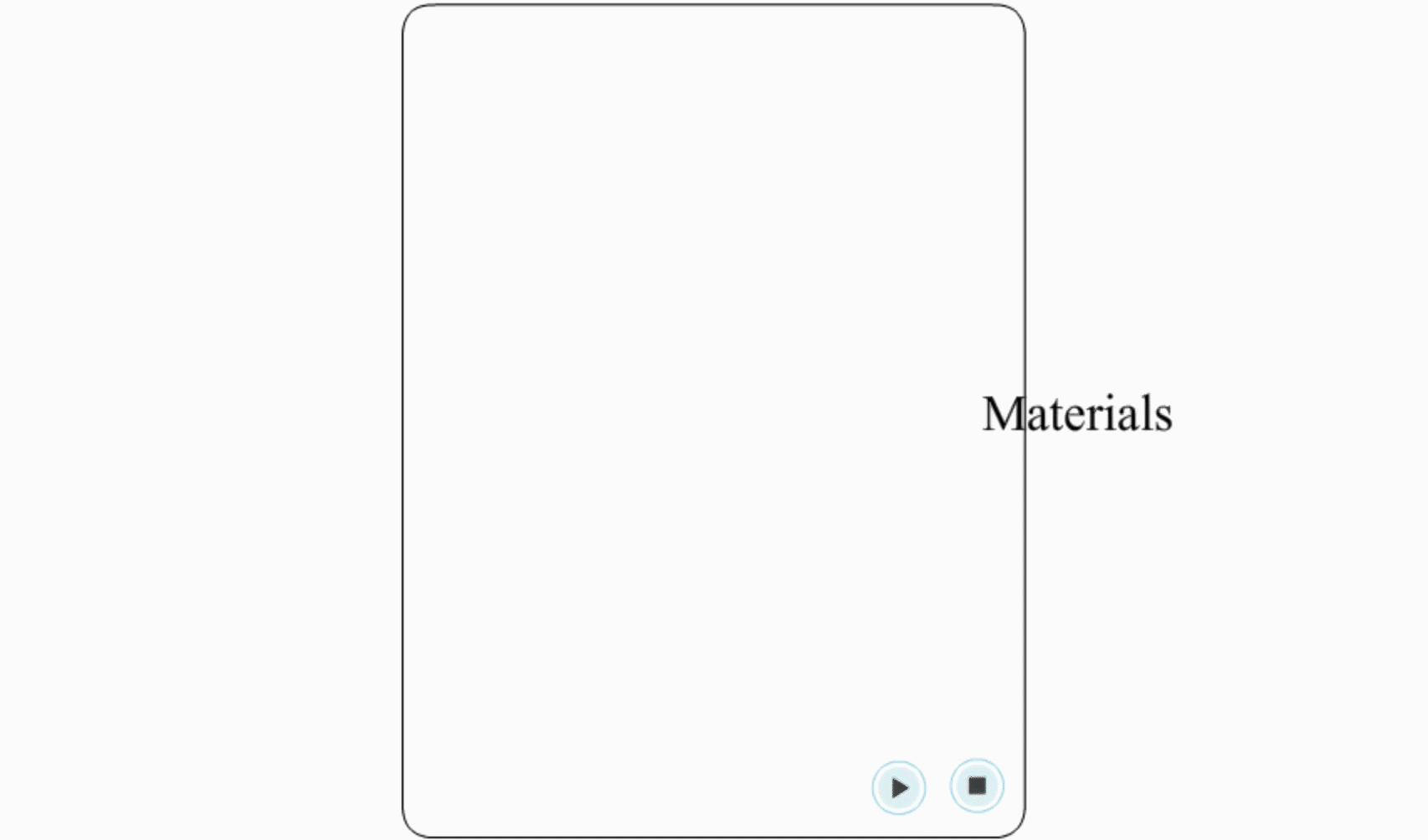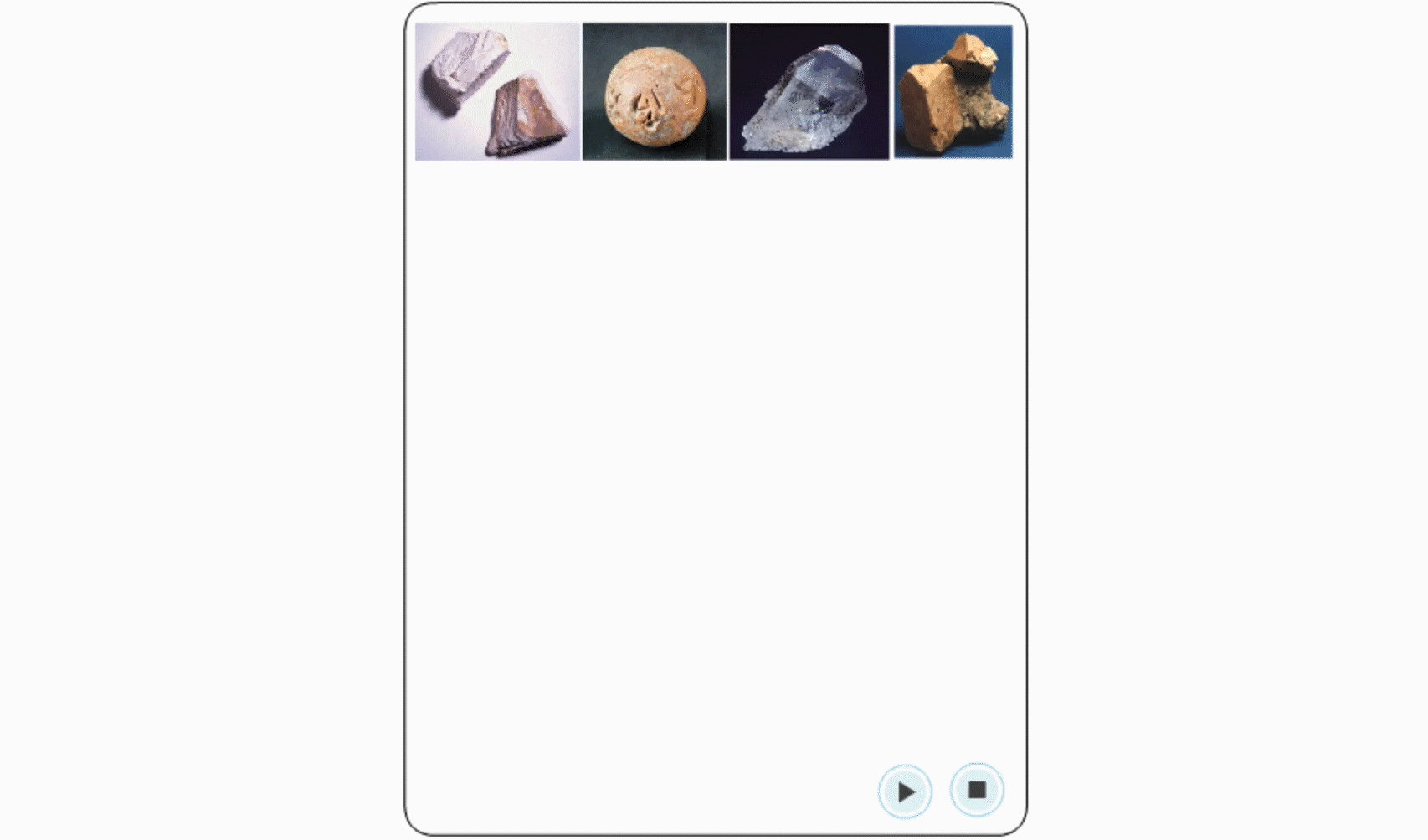Search
- yohoho
- unblocked games 77
- unblocked games 8
- unblocked games 2
- unblocked games for school
- unblocked games world
- retro bowl
- unblocked games
- unblocked games premium retro bowl college best unblocked games unblocked games
Different types of materials used for Ceramics:
Types of Materials:
A product is made up of one or more materials depending upon the ease of manufacturing, availability of materials, desired properties of the final product, etc. Materials around us can be classified as follows :

The difference between natural materials and engineering materials is that most of the sources for natural materials are from nature itself.
Due to the ever-increasing demands of high performance materials, there is substantial development in the invention of new materials. Materials acquire distinct properties according to the percentage of the ingredients present in it. These newly developed combinations have better properties like improved strength, corrosion resistance, dimensional stability, heat resistance, etc. unavailable in a single material.
These new combinations of materials can be segmented as follows:

Materials used for Ceramics:
The earliest known material used in ceramics was clay alone or clay mixed with some other additive material. With the flow of time, engineering ceramics have undergone innumerable changes in their constituents and their proportions added to make better ceramics. Depending upon the combination of the constituents and their proportions, ceramics are used for making products that are either traditional, industrial, building products or art objects. New ceramic materials are developed to be used in advanced ceramic engineering.
For Art and traditional ceramics, designers can use the ingredients in the following proportion to prepare different materials of ceramics:
Further, in this combination Ball clay has different proportions of individual constituents as follows:


(Image source)
Animation:
http://biz-chemical.com/Kaolin.htm
http://en.wikipedia.org/wiki/File:Clay_ball_cypro-minoan_Louvre_AM2335.jpg
http://www.amgueddfacymru.ac.uk/cy/800/?mineral=253
http://www.chemicalsandminerals.net/feldspar-powder.htm